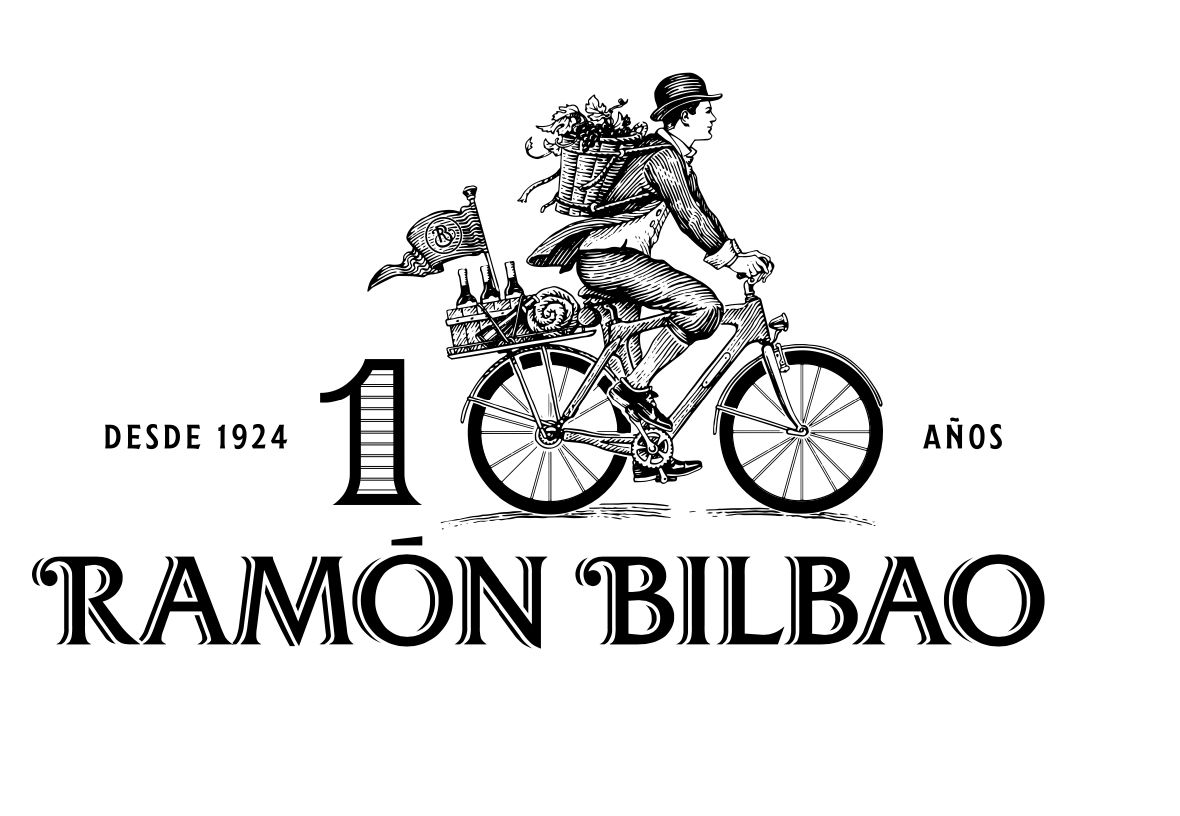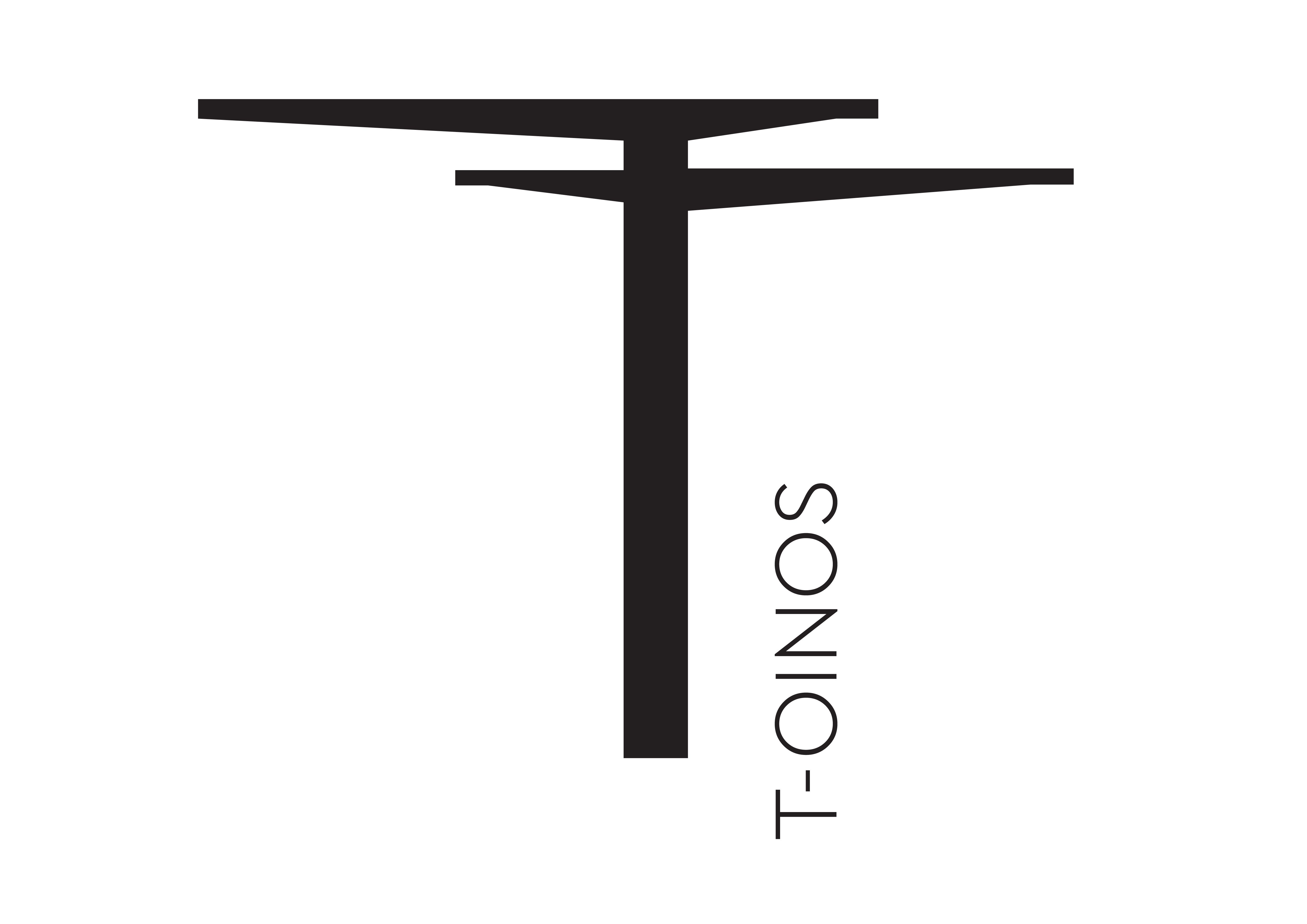There are 14 Barriques D’Or up for auction – 12 of sweet Pacherenc and two barrels of dry, all of outstanding quality.
It’s the sound of the human voice in harmony that always does it. Just when you have journalistically analysed and assessed proceedings, and put away your notebook, then a group of winemakers stand up and belt out a song – tapping you instantly into a cultural heritage of which winemaking is a key component. Challenging your objectivity on all fronts.
In Georgia we were stopped in our tracks when, at the end of a wine dinner at Bina 37 in Tbilisi, the table next to us started singing spontaneously in polyphonic song. In the vineyards of Château de Crouseilles after the tasting of the Golden barrels and just before the Barriques D’Or auction begins it is a circle of wizened old winemakers, wearing berets (without irony) singing from their hearts while all around we drank from magnums of quaffable Madiran and ate thick slices of porc noir de Bigorre, sizzling fresh from the plancha.
With the sun on our faces and the tiny Petit Manseng berries still on the vines all around us the songs are celebratory, life-affirming and deeply moving. A real pinch me moment.
Amusing to think that on the same evening back in Blighty it’s Guy Fawkes’ and our communal songs will run along the lines of “What shall we do with him? (chorus) Burn Him! Burn Him!”

The tasting of the 14 Golden barrels that precedes the auction
So, steadied by the casse-croûte vigneron, we head to the Barriques D’Or auction which is held as it has been for the last 17 years in the main hall of the Château de Crouseilles – organised by them, Plaimont Producteurs (the cooperative that bought the château in 2012) and Briscadieu Bordeaux, the sales house which provides an auctioneer who looks a little like Hugh Grant playing a J&B salesman.
The job that Plaimont has done in helping to restore and maintain the viticultural heritage of the region cannot be underestimated – it runs from discovering, identifying and propagating near-extinct species of grape through to the insistence that its 800 producers wear the traditional berets of the region in which their wines are promoted. The berets are even manufactured by a company called Heritage.
Plaimont is doing an exceptional job of saving the old vines, the ancestral varieties and giving direction to a region that was, quite frankly, on its arse.

Sampling the eventual runner-up for this year’s auction from Annette & Henri Dejoux
It is hard to think when sampling the beautiful Pacherenc du Vic-Bilh from the Barriques D’Or that even the vineyards that produce these glorious wines had practically disappeared by the early 1970s. The wine is made from three rare and ancestral varieties: Petit Courbu (brings finesse), Gros Manseng (adds structure) and Petit Manseng (floral, fruity, complex); and the name comes from the old Gascon dialect – Pacherenc meaning ‘wine from vines on stilts’ and Vic-Bilh meaning ‘old land’.
The style of the dry Pacherenc is fresh, bright and dry, the nose is generally pretty, floral with some having a touch of eucalyptus. The palate is lively, mineral, saline with a distinctive, pleasant bitter finish – lime pith and grapefruit skin. Food pairings would include oysters, prawns and goats cheese. There are two barrels up for sale one up from last year, one from Pierre Lagarrue (my favourite), the other from Anne & Fabrice Latapi.

Plaimont Producteurs’ MD Olivier Bourdet-Pees
The 12 barrels of sweet Pacherenc that were up for sale have a core of similarities – they are voluptuous, sweet (between 91-129 grams/ litre residual sugar), fresh, with firm and balanced almost Mosel-like acidity – but are all markedly different. Pineapple flavours were most noticeable but there was a differing range of yellow stone, citrus, tropical and orchard fruit flavours, some had a eucalyptus note, others walnut skin and honey. All come from hand-picked fruit from 2ndand 3rd passage.

Do I hear €900? ‘Hugh Grant’ swings his gavel
Corney & Barrow was bidding through Plaimont for the eventual auction winner Alice and Paul Dabadie but stopped as the prices got too high, the eventual barrel going to one bidder for a cool €6,600.
Runners up were Annette & Henri Dejoux and Sabine Laborde, the last two being my favourite stickies tasted. The other barrels came from Priam & Dupouts, Olivier Sansot, Aubert Duthen, Roland Podenas, André Micas, Veronique & Didier Terrade, Xavier Lagrave, Alexandre Prudence (which C&B bought half a barrel of) and Joséphina, Sylvain & Joël Latapi. In all the 14 barrels fetched over €60,000.

It was a full house
Plaimont, which had the idea of this auction in the first place, matched the highest barrel price of €6,600 which was donated to the winemakers of Carcassonne who have been so badly hit by recent flooding.
The company’s MD Olivier Bourdet-Pees told me after the event that with growing grapes for sweet Pacherenc, all the risk is on the growers’ heads, trying to second guess the weather and effectively playing Russian roulette with the harvest. There are three grades of quality at stake – that picked at the end of October, mid-November and end of December. The on-trade and off-trade generally get allocations of mid-November Pacherenc with the on-trade getting wines from Saint-Albert, Prélude à l’Hivernal and Bonificat l’Hivernal.
When the vintage is really kind then a special selection is made on New Year’s Eve, the end wine being called Saint-Sylvester. This passage is a real family event with the village all out at night, picking by flaming torch, hot wine aplenty. With not a ‘guy’ in sight.
If you can get your hands on some of the Saint-Sylvestre do so as it was spectacular with foie gras, although all of the sweet Pacherenc could make interesting food pairings with a variety of foods as diverse as seared scallops, black pudding, cooked and tartare sea bream, pork, tarte tatin and Roquefort with walnuts.
Believe me I tried the lot… all in the name of research you understand. But at least I didn’t have to check into the BA hold a 228 litre barrel of Pacherenc – nice though the temptation was at the time.









































